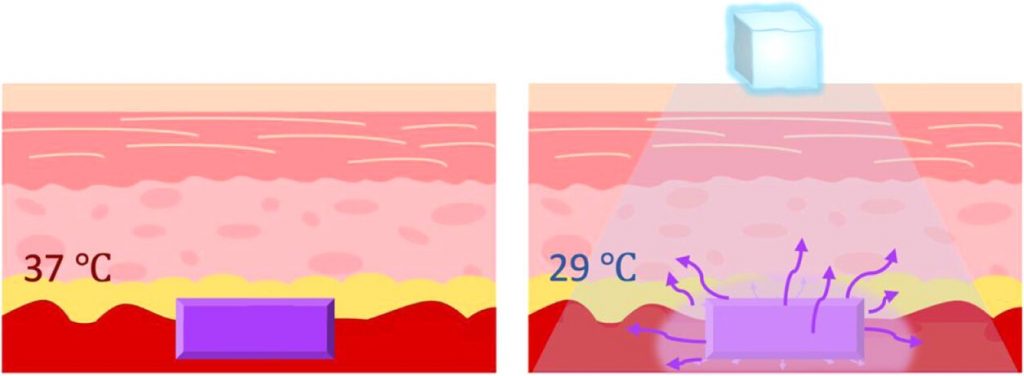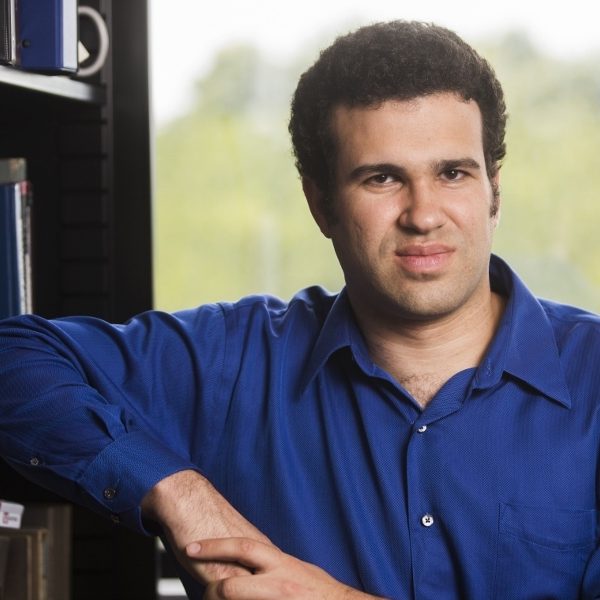
Leon Bellan, associate professor of mechanical and biomedical engineering at Vanderbilt, and his team have developed a novel cooling-triggered device that could allow patients to safely and conveniently receive drugs for pain relief.
A paper on the research, “Cooling-Triggered Release of Celecoxib from Implantable Alginate-Soluplus Composite Devices,” was recently published in ACS Biomaterials Science & Engineering.

Currently, on-demand treatment of pain is primarily achieved using opioids. But such drugs are highly addictive, with five people per hour dying from opioid abuse in the United States alone. Nonsteroidal anti-inflammatory drugs (NSAIDs) – like Ibuprofen and Celecoxib – are being considered as alternatives because they are nonaddictive, effectively address pain, and can be delivered locally to minimize dosage and systemic side effects.
However, an on-demand release method is needed for local delivery of these drugs to allow patients to control when the therapeutic is administered. One approach is external stimulus-triggered release from an implanted depot, or device that releases medication at a controlled rate within the body. Stimuli such as heat, light, and ultrasound have previously been used to trigger release of various drugs from depots. However, these approaches require energy input and custom equipment to deliver the stimulus.
To address this issue, Bellan and his team have developed a drug delivery system that can be implanted and triggered by a local reduction in temperature, which can be accomplished by simply placing something like an ice pack over the external area where the device – about the size of a watch battery – is implanted. Once the cooling trigger is applied, a hydrogel, or sponge-like structure, liquifies and releases medication to the targeted area.
“Going forward, we envision cooling being used more broadly as an external stimulus for targeted, patient-controlled delivery of drugs for pain relief or to treat other conditions,” Bellan said. “Unlike most other methods for external triggering of drug release, cooling does not require any energy input or complex apparatus; simple application of an ice pack to the region of interest could be sufficient to trigger release of a payload sequestered within an implanted device.”
The Bellan Lab for Advanced Materials at Vanderbilt combines traditional and non-traditional microfabrication techniques with smart materials and biomaterials to develop novel engineered tissues, drug delivery platforms, and microfluidic devices to address key biomedical challenges.
Contact: Lucas Johnson, lucas.l.johnson@vanderbilt.edu